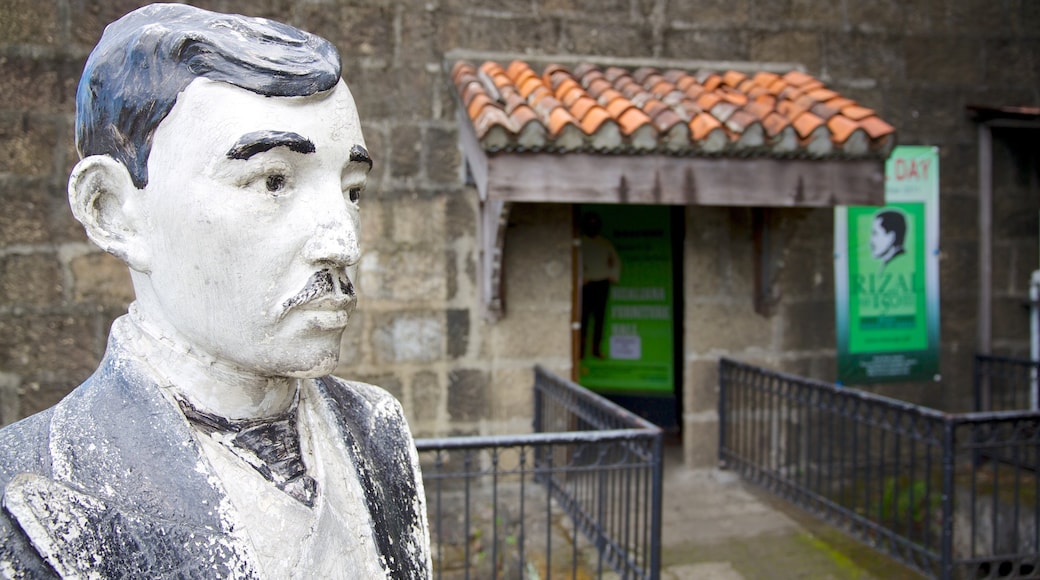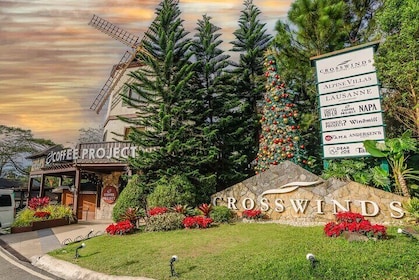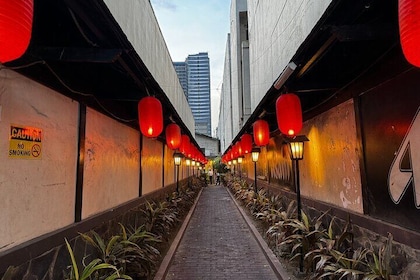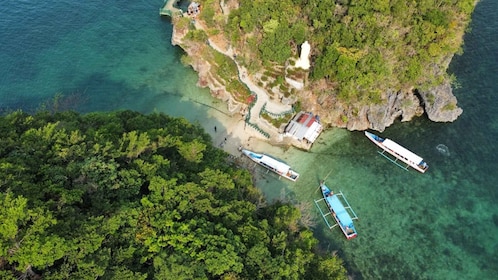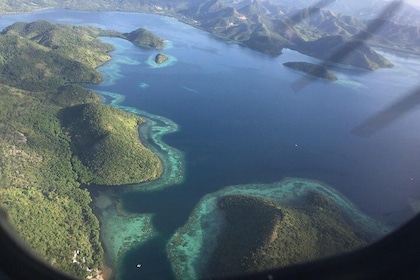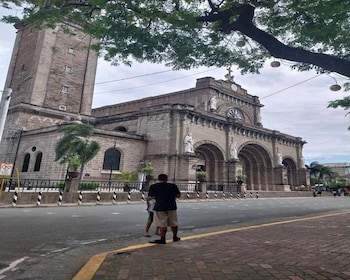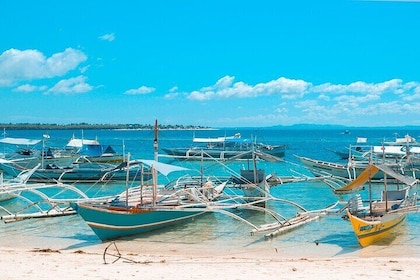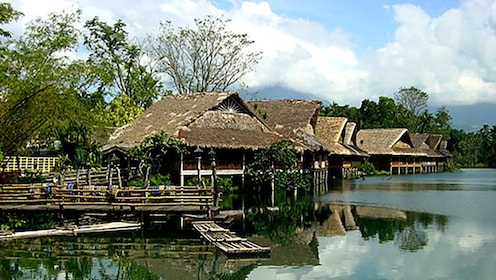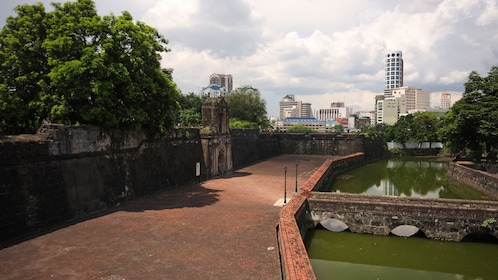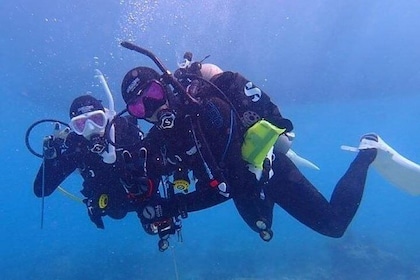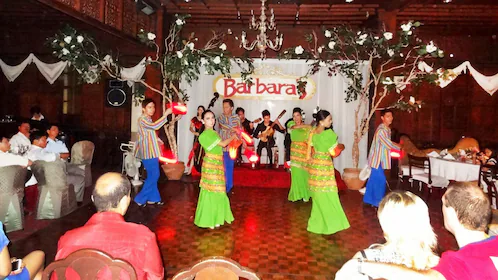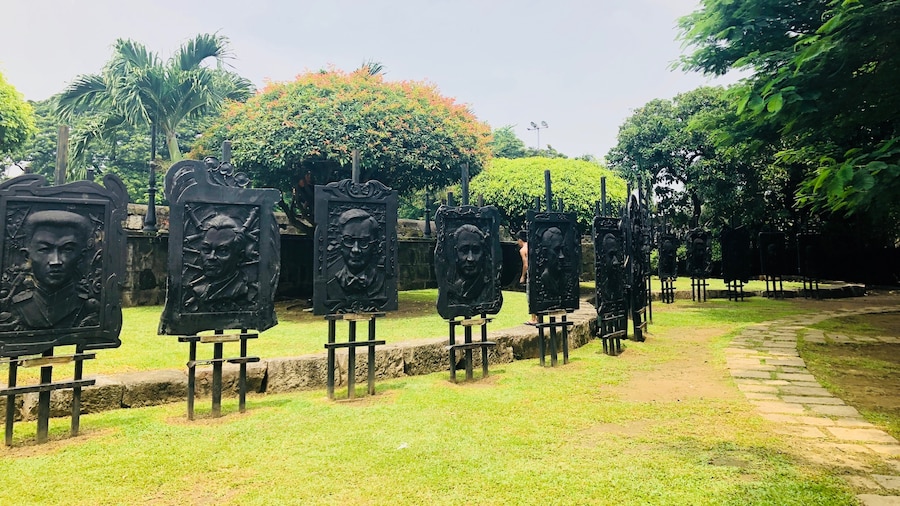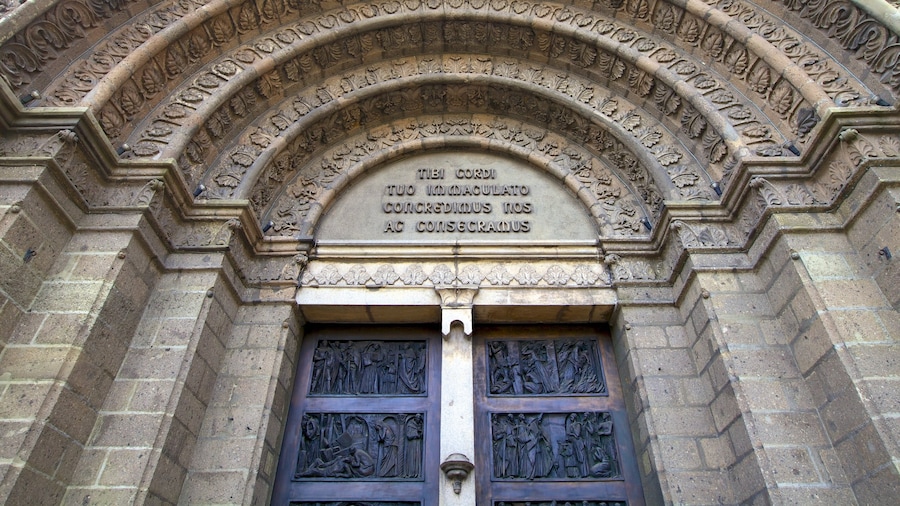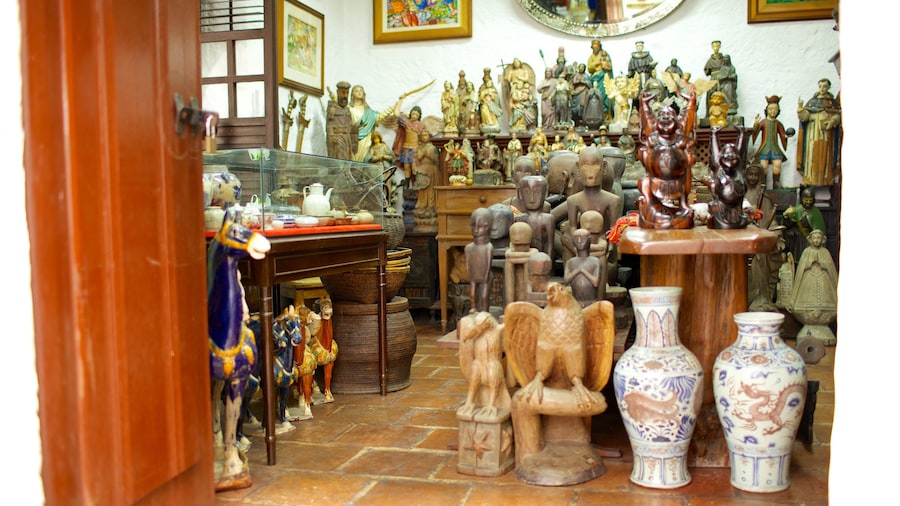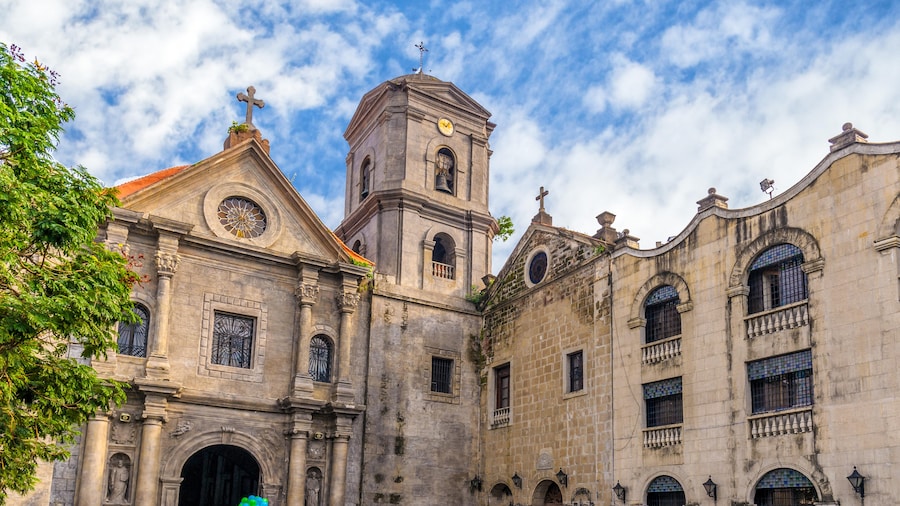What was once Manila’s most important defensive structure is now a park and memorial to national hero Jose Rizal.
Learn about Manila’s military past and key moments in the country’s history inside the 16th-century Fort Santiago. This ancient defensive structure was built over the fort of the last pre-Hispanic chieftain of Manila. From its raised position at the mouth of the Pasig River, Fort Santiago could watch over the activity on Manila Bay.
The vast citadel has served a number of uses over the years including being a military base and prison. The darkest period of its history was during World War II when the Japanese Imperial Army captured the fort and tortured and executed prisoners in its dungeons.
Plan to spend at least a couple of hours touring the fort’s grounds, architecture, museum, dungeons and tunnels. Pause by the reconstructed main gate that was nearly destroyed during the closing stages of World War II. Examine the carved wooden relief of St. James the Great on horseback above the gate. He is the patron saint of Spain and the fort was named in his honor.
Go to the Rizal Shrine. It’s dedicated to the life and work of Dr. Jose Rizal, the country’s national hero. He was an advocate for Philippine’s independence from Spain and was imprisoned here during the last two months of his life.
Study some of the relics from his life including artworks, books, manuscripts and clothing. See a glass urn containing one of his bones with a bullet still embedded. Look at the small prison cell where he was kept for several weeks before his execution by firing squad, then sit in a replica of the cramped cell. Footsteps on the ground retrace the steps Rizal took to his place of execution in what is now Rizal Park.
Walk among the tropical trees in the park surrounding the fort.
Fort Santiago is located in the walled city of Intramuros and is easily accessible by taxi, bus and jeepney. Alterntively, catch the light rail to the United Nations Station. The walls of Intramuros are a 20-minute walk away.
The fortified complex is open daily. There’s a fee for admission.




